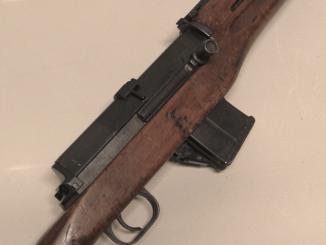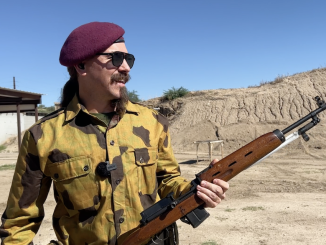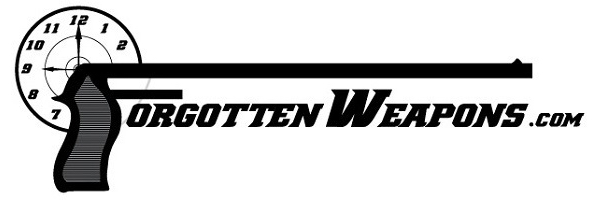After World War II, Egypt experimented with several types of new rifle as a series of leaders bought arms from both Western and Communist nations. They included FN49 rifles from Belgium and vz52 and vz52/57 rifles from Czechoslovakia before a deal was made to license production of a copy of the Swedish AG-42B Ljungman rifle in 8×57. This licensed copy had a few changes from the Swedish model, and was designated the Hakim. Later a smaller variant in 7.62×39 was made, under the name Rasheed (or Rashid), and finally the country adopted the AKM with tooling provided by the Soviet Union. We have examples of all of these rifles, and we’re taking a look at them today.
Related Articles

Semiauto Rifles
The Rasheed: Egypt’s Semiauto Battle Carbine From Sweden
Egypt purchased tooling for the Swedish AG-42 Ljungman in 1952, and adapted it to their 8mm Mauser caliber as the Hakim rifle. Later, they scaled the rifle down to 7.62x39mm as the Rasheed, and manufactured […]

Competition
Egyptian 2-Gun: Rasheed and Browning High Power
We just looked at the Rasheed (and it’s Iraqi sibling the Baghdad) and today I’m taking it out to the monthly 2-Gun match. I’m pairing it with a United Arab Republic contract Browning High Power, […]

Semiauto Rifles
Ljungman AG-42B
The AG-42 was the first semiauto rifle adopted by the Swedish army, as well as the first production rifle to use a direct gas impingement operating system. Today we’re taking a closer look at the […]

Thanks for posting this interesting video, Ian. The Rashid is a really neat little carbine, isn’t it? As for the Egyptian AK, while I understand the advantage of having a side folding stock instead of the original Soviet underfolder design, its design is utterly hideous. The side folding stock of the Chinese Type 56-2 looks less flimsy and a bit better ergonically speaking.
Thanks for the review , it is really interesting!
Forgotten weapons nothing, I’ve got one of those in a case under my bed. Very smooth shooting characteristics for a semiautomatic 8mm, though the absurd length of the thing has led me to variously describe it as “a telephone pole” and “a boat oar”.
It looks nice to boot.
From time to time we are going to cover some guns that are not at all forgotten, because understanding them is often very helpful in understanding why others were not successful.